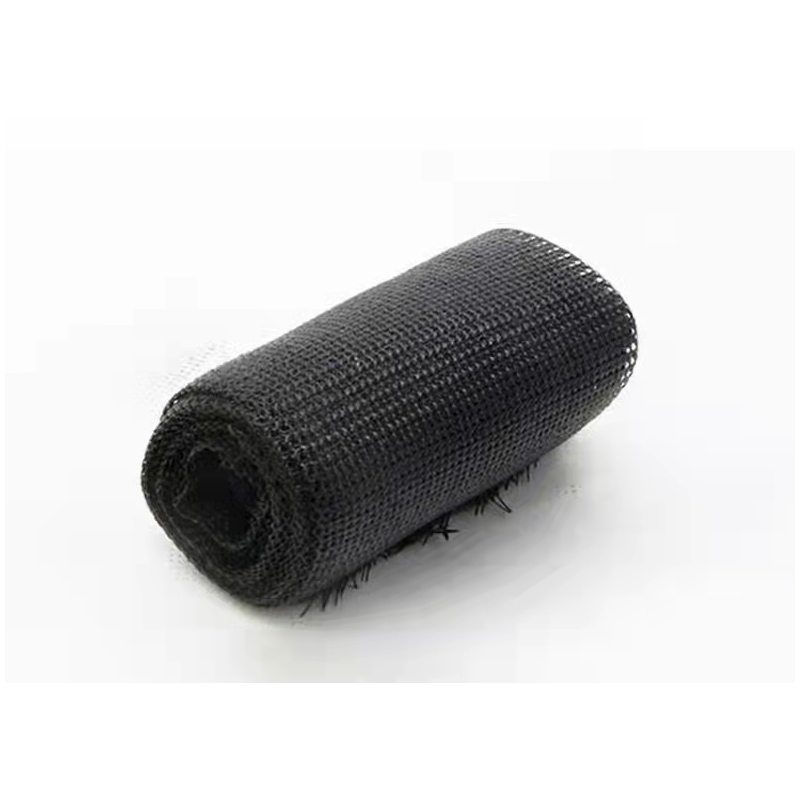The Importance of Wire Harness Tape in Automotive Applications
In the automotive industry, efficiency and safety are paramount. As vehicles become more complex with the integration of advanced technologies, managing electrical wiring has emerged as a critical task. One of the unsung heroes in this realm is the wire harness tape, a seemingly simple yet vital component used in automotive wire harnessing.
Understanding Wire Harnesses
A wire harness is a comprehensive assembly of electrical wires, connectors, and terminals that transmit power and signals throughout a vehicle. It serves as the nervous system of the automobile, enabling communication between various electronic components and ensuring that systems like lighting, infotainment, and safety features function seamlessly. However, the effectiveness of a wire harness is not just determined by the quality of its wires and connectors but also by the methods used to secure and protect these components. This is where wire harness tape comes into play.
The Role of Wire Harness Tape
Wire harness tape acts as a protective barrier and organizer for the wiring within the harness. Its primary purposes include insulation, abrasion resistance, and bundling the wires together to prevent movement and wear due to vibrations and road conditions. Various types of wire harness tapes are available, each designed for specific applications and conditions within the automotive environment.
Types of Wire Harness Tape
1. Electrical Tape Typically made of PVC, this tape is insulating, sealing, and weather-resistant. It is often used in wiring connections, ensuring that electrical currents are safely contained and preventing short circuits.
2. Vinyl Tape This type of tape is known for its flexibility and durability. It provides excellent protection against abrasions and is ideal for bundling wires together. Vinyl tape is often used in interior applications where visibility is less of a concern.
3. Fabric Tape Made from woven fabric materials, this tape offers strength and durability while being lightweight. It’s particularly useful in high-heat areas of an automotive application, as it can withstand higher temperatures without degrading.
wire harness tape automotive

4. Heat Shrink Tape Used in conjunction with heat-shrink tubing, this tape provides an additional layer of protection. When heat is applied, the tape shrinks tightly around the wires, creating a waterproof seal that enhances durability.
Benefits of Using Wire Harness Tape
The application of wire harness tape in automotive assemblies offers multiple benefits
- Protection It safeguards wires from external threats such as moisture, dust, and chemical exposure. This is especially important in vehicles, which are exposed to varying weather conditions and environmental factors.
- Organization By bundling wires together, wire harness tape minimizes clutter and enhances the neatness of the wiring system. This organization is crucial for maintenance and troubleshooting, making it easier for technicians to identify problems.
- Vibration Resistance Cars encounter numerous vibrations during operation. Wire harness tape helps keep wires secured, reducing the chance of wear and tear that can lead to electrical failures.
- Cost-Effectiveness Investing in high-quality wire harness tape can significantly reduce the likelihood of wiring failures and the subsequent costs of repair. A small investment in tape can lead to long-term savings by preventing damage and enhancing performance.
Conclusion
As automotive technology continues to advance, the role of wire harness tape becomes increasingly important. This simple yet effective tool is crucial for protecting, organizing, and maintaining the intricate network of wires that keep modern vehicles running smoothly. Manufacturers who prioritize the use of high-quality wire harness tape contribute to safer, more reliable vehicles for consumers. In a world that demands efficiency and effectiveness, wire harness tape is an essential component that underscores the significance of seemingly minor details in automotive engineering.
-
XIANGFAN Rubber Tape-Ultimate Solutions for All Your Insulation NeedsNewsJun.24,2025
-
XIANGFAN Rubber Tape-Protection for Industrial and Residential ApplicationsNewsJun.24,2025
-
XIANGFAN Rubber Tape: Superior Safety and Sealing for Demanding EnvironmentsNewsJun.24,2025
-
XIANGFAN Rubber Tape: Reliable Solutions for Every Electrical ChallengeNewsJun.24,2025
-
XIANGFAN Electrical & Industrial Tape: Powering Reliability Across IndustriesNewsJun.24,2025
-
XIANGFAN Electrical & Industrial Tape: Excellence in Every ApplicationNewsJun.24,2025
